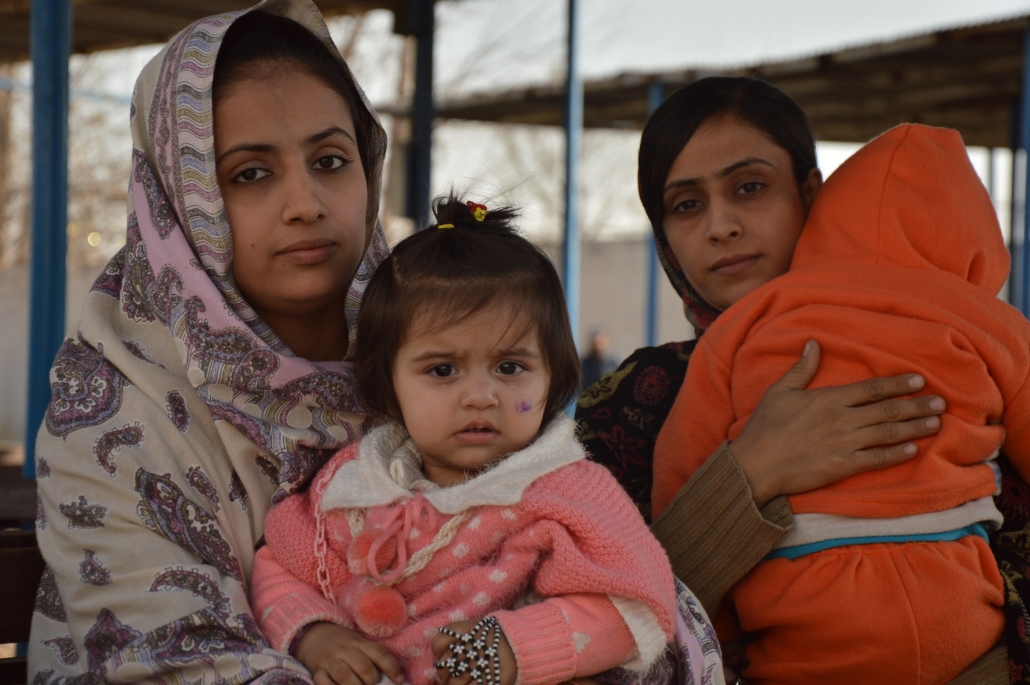 In early April 2021, the President of the United States Joe Biden announced that he would be withdrawing U.S. troops from Afghanistan. In the months following the announcement, increasing issues have plagued the Middle Eastern country. The resurgence of the Taliban and the rapid collapse of the Afghan army are examples. Over a few months, the Taliban aggressively took over parts of Afghanistan; at one point, it circled the capital of Kabul before taking over. In the aftermath of the Afghanistan crisis, the country’s citizens are facing many challenges.
In early April 2021, the President of the United States Joe Biden announced that he would be withdrawing U.S. troops from Afghanistan. In the months following the announcement, increasing issues have plagued the Middle Eastern country. The resurgence of the Taliban and the rapid collapse of the Afghan army are examples. Over a few months, the Taliban aggressively took over parts of Afghanistan; at one point, it circled the capital of Kabul before taking over. In the aftermath of the Afghanistan crisis, the country’s citizens are facing many challenges.
The U.S. spent 20 years and an estimated $83 billion to help build the Afghan army, not including larger costs to fight the war in Afghanistan overall. Both U.S. and Afghan soldiers worked to overthrow the Taliban government and stabilize the country.
Taking Over Afghanistan
When the U.S. completely withdrew its forces, the Taliban invaded and took over U.S. military bases that the Afghan army operated. The Taliban took over at least two-thirds of the country’s provincial capitals in the time it took for the U.S. to take out its troops.
The Taliban took advantage of the United States’ departure, and from the months of May and June, it began its conquest over the country. In those months, Afghanistan saw significant violence compared to the past two decades.
The Taliban started its attacks to take over the country in haste. It targeted the northern part of the country, maximizing its influence and existing strongholds. It had control over 50 of the 370 districts as of June 22.
“The Taliban contest or control an estimated 50 to 70 per cent of Afghan territory outside of urban centers, while also exerting direct control over 57 per cent of district administrative centers,” said the U.N. report.
Consequences that the People are Facing
The Taliban gained more and more ground, seizing major cities all throughout the country. Its actions led to negative effects on the people who live in Afghanistan. Many abandoned their homes in fear of their lives. As the Taliban continued its conquest of the country, the people have been caught in the crossfire, even in attacks in major cities. Videos and photographs have emerged of insurgents going into people’s homes and lynching families, even taking the lives of children.
In the face of this, civilians tried to get out in any way they could. As they sought refuge anywhere they could in the aftermath of the Afghanistan crisis, several countries gave them permission to enter and be safe behind their borders.
“The Taliban have been executing people summarily, they have been lashing women, they have been shutting down schools. they have blown up hospitals and infrastructure,” said former Pakistani Ambassador Husain Haqqani in an interview with NPR.
Responses from Other Countries
The government of Canada has decreed that it will take in about 20,000 Afghan refugees into its country in the aftermath of the Afghanistan crisis. This includes women leaders, government workers and others whose lives are in danger. Refugees will receive shelter and aid as they escape from a hostile environment. Even neighboring countries like Pakistan and Turkey have extended their hand in taking in civilians fleeing Afghanistan.
“The situation in Afghanistan is heartbreaking and Canada will not stand idly by,” said Immigration Minister Marco Mendicino in a news conference.
Despite the withdrawal, the United States, under the orders of President Biden, decided to aid Afghan in the face of the Taliban problem. This included intensified airstrikes to help counter the Taliban’s advance and assistance in evacuating diplomats from embassies amid the Taliban takeover.
– Demetrous Nobles
Photo: Flickr
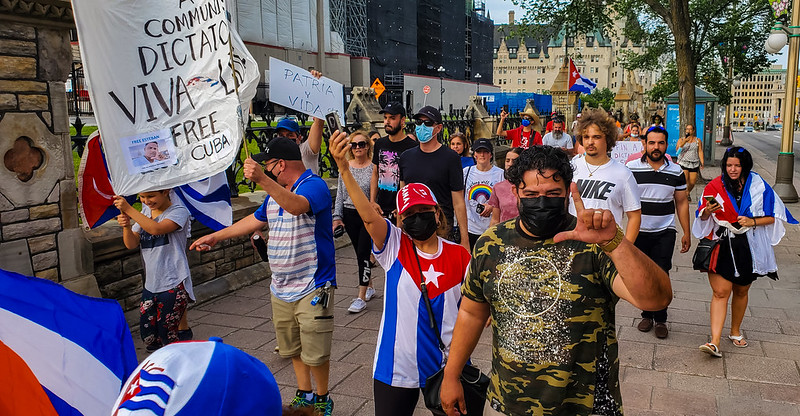


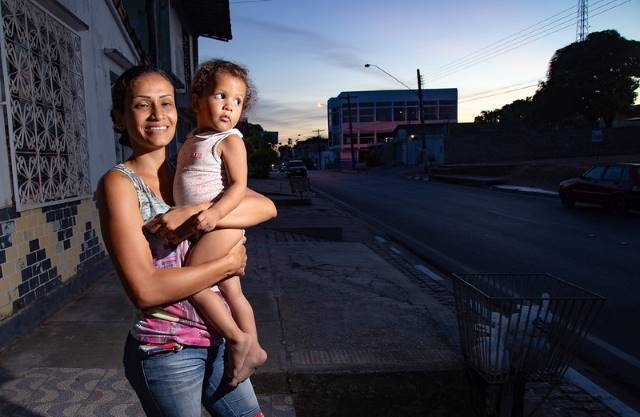 Venezuela is currently experiencing “the second-largest migration crisis” in the world. More than
Venezuela is currently experiencing “the second-largest migration crisis” in the world. More than 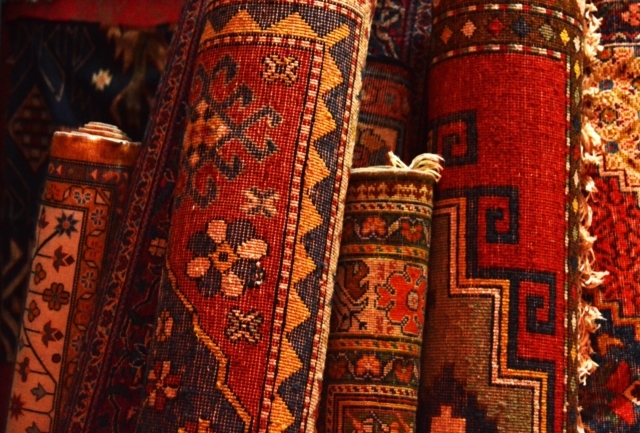 Between 1915 and 1923, thousands of Armenians were massacred in the Armenian genocide. Many Armenian communities now live around the world, with a significant presence in the United States. Committed to remembering the Armenian genocide, the Armenian Rugs Society has dedicated itself to supporting Armenians on a global scale. Through exhibitions of traditional woven arts and the implementation of social programs, the Society has been able to spread awareness of Armenian culture and educate the public on Armenian history.
Between 1915 and 1923, thousands of Armenians were massacred in the Armenian genocide. Many Armenian communities now live around the world, with a significant presence in the United States. Committed to remembering the Armenian genocide, the Armenian Rugs Society has dedicated itself to supporting Armenians on a global scale. Through exhibitions of traditional woven arts and the implementation of social programs, the Society has been able to spread awareness of Armenian culture and educate the public on Armenian history. In an effort to stem migration, the Biden administration has unveiled a plan to reduce poverty in Central America. The administration hopes that improving the quality of life in places where people are likely to emigrate from will cause fewer people to make the dangerous journey to the U.S. border. In May 2021, Vice President Harris called on the private sector to increase investment in the Northern Triangle to bolster the United States’ efforts to develop the region and address the root causes of migration to the U.S.
In an effort to stem migration, the Biden administration has unveiled a plan to reduce poverty in Central America. The administration hopes that improving the quality of life in places where people are likely to emigrate from will cause fewer people to make the dangerous journey to the U.S. border. In May 2021, Vice President Harris called on the private sector to increase investment in the Northern Triangle to bolster the United States’ efforts to develop the region and address the root causes of migration to the U.S.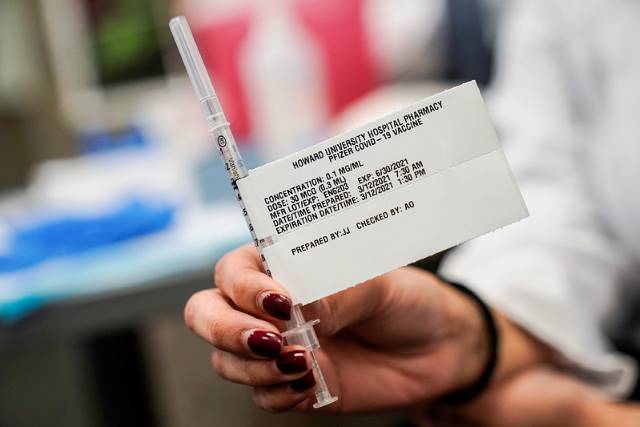 The Biden administration has
The Biden administration has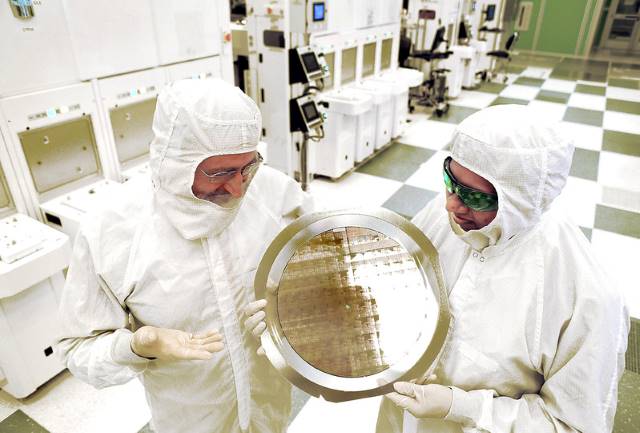 The COVID-19 pandemic created a global chip shortage that has ultimately exacerbated poverty. Most notably, the tech divide has widened as economic sanctions worldwide slowed production or halted it entirely, leaving many out of work. Fortunately, countries and manufacturers are stepping up to address the pandemic-induced global chip shortage.
The COVID-19 pandemic created a global chip shortage that has ultimately exacerbated poverty. Most notably, the tech divide has widened as economic sanctions worldwide slowed production or halted it entirely, leaving many out of work. Fortunately, countries and manufacturers are stepping up to address the pandemic-induced global chip shortage.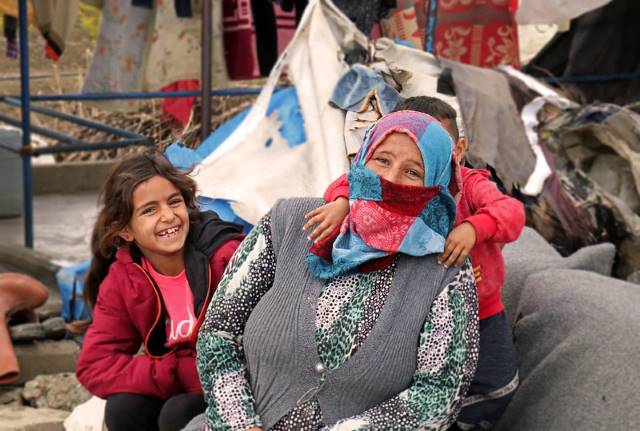 In March 2021, the Biden administration announced it would provide roughly
In March 2021, the Biden administration announced it would provide roughly 